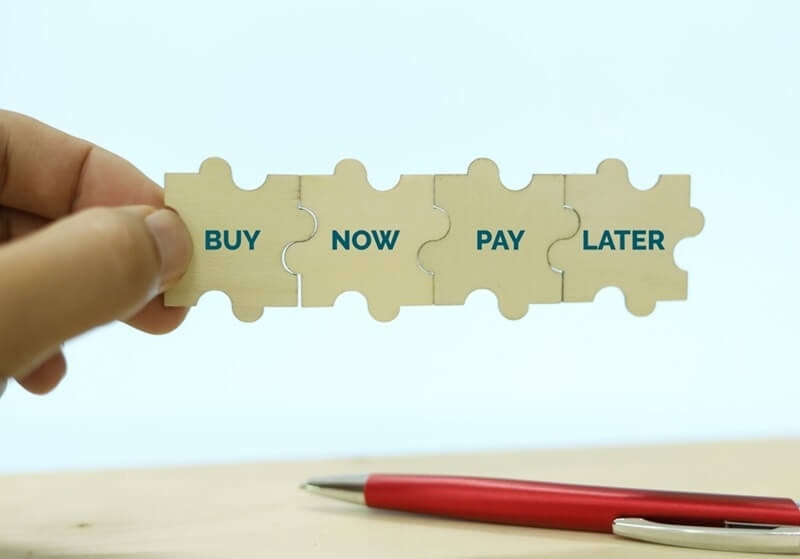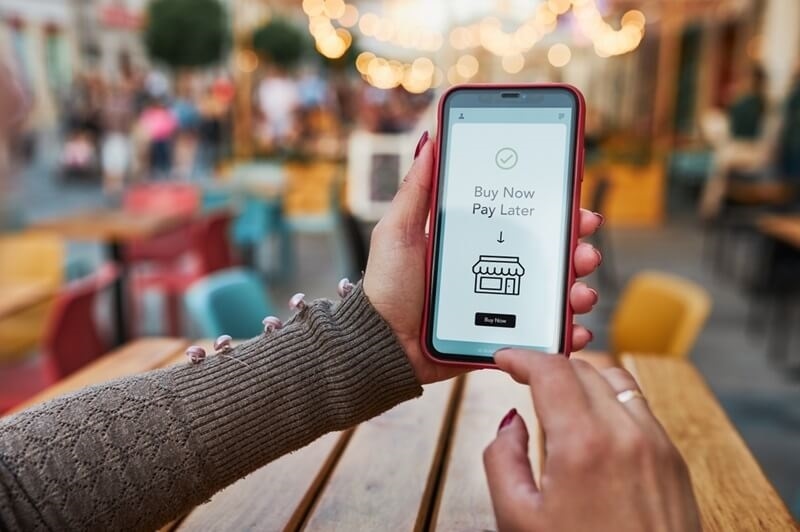
The world of personal finance is changing, and changing fast. In America, perhaps the one most transformational movement of the last few years is the widespread adoption of Buy Now Pay Later (BNPL) products. A niche product that was a few short years ago, BNPL is now a force driving base shifts in consumer banking behavior. From a checkout capability on a few online retailers, BNPL has become a full-fledged financial lifestyle tool with BNPL integration in banking apps and BNPL regulation USA in effect.
As buy now pay later trends keep reshaping the manner in which Americans shop and deal with money, there is little doubt that this is a trend that won't fade anytime soon. BNPL is here to stay, and its runaway growth is leaving its mark on the conventional banking system.
Essentially, BNPL enables consumers to purchase items or services and split the payment into harmonized, interest-free installments. The technique was first developed by fintech leaders like Afterpay, Affirm, and Klarna, and it has been widely embraced by the younger generations. Millennials and Gen Z particularly have been embracing the convenience that BNPL offers.
Now, buy now, pay later trends don't even end with virtual shopping baskets. They are extending to retail partnerships, payment networks, and even how consumers hold their banks to account. BNPL usage statistics 2025 U.S. indicate that there are millions of American consumers who are going to be relying on them, and therefore, financial institutions have no choice but to oblige.

One of the most intriguing trends is how the inclusion of BNPL in mobile banking apps continues to grow.
Banks are no longer standing idly by and letting fintech occur; rather, banks are now participating actively. Having BNPL integration in banking apps is actually allowing banks to keep users in their system, increase engagement, and prevent consumers from switching to third-party apps or fintech options.
The BNPL trend has caused a ripple effect that is now felt in the credit market as a whole. The credit card used to be the go-to deferral payment method historically. But BNPL is becoming a very appealing alternative, especially for consumers who are frightened by high interest rates and convoluted terms.
This has generated a significant BNPL ripple effect on credit. Since most BNPL programs do not report the transactions to the credit bureaus (except for defaults), many consumers mistakenly believe that these payments are risk-free. Although the absence of traditional credit checks might induce some consumers to take several BNPL commitments simultaneously, with a likely risk of financial overextension.
With market maturity, this BNPL credit ripple effect is inducing a reconsideration of creditworthiness assessment. Lenders, fintechs, and credit bureaus are already considering how they could include BNPL behavior in credit scores. Done well, it would provide underbanked or credit-invisible consumers an opportunity to build stronger credit histories—but done ruthlessly, it can quickly create new debt traps.
One of the reasons that BNPL is so appealing to consumers is that it really does appear to facilitate budgeting. Instead of paying cash up front, consumers can pay bills in installments stretched out over a few weeks or a couple of months. But there's a catch to it. The BNPL effect on everyday budgets actually deceives consumers into thinking they can spend more money than they actually have.
As the initial payment is typically low, and the entire amount is postponed, getting multiple BNPL schemes in a row is quite common. When multiple such payments are due at a similar time, consumers can be subjected to more financial strain than they expected. This leads to random cash flow and can destroy long-term money management.
Understanding the BNPL daily spend impact is most crucial when the offerings expand. Consumers need more visibility and control functionalities—many of which are more and more into apps via real-time reminders, payment calendars, and AI-powered insights. This kind of transparency is all the more vital in the BNPL environment.
For those banks that offer BNPL through banking apps, to offer such capability is required. Flexi-pay is not sufficient—banks also need to provide customers with the ability to keep BNPL payments in line without damaging their financial well-being.
As BNPL becomes mainstream, regulators are starting to notice its unchecked growth. In the US, regulation of BNPL in the USA is heating up. Government officials are starting to get concerned about transparency deficiency, one-sided disclosures, and excessive consumer debt.
The Consumer Financial Protection Bureau (CFPB) has already started to look into some of the top BNPL providers. Even though no full federal laws have yet been enacted, lawmakers are debating plans that would make BNPL providers subject to regulations as strict as those imposed on credit card businesses.
Such debates on BNPL regulation USA are aiming at a few things:
While regulations continue to increase, banks and BNPL lenders will need to adapt. Compliance, transparency, and consumer education will be defining features of successful BNPL products. They will stand the best chance in the regulated environment, and those using these practices will be ethical.
The U.S. will see extensive BNPL adoption expansion across industries until 2025. The 2025 U.S. BNPL usage forecasts envision considerable growth in the total volumes and transaction counts. BNPL will extend beyond retail buying but also be used for medical expenses, travel bookings, education courses, and even subscription charges.
We are also witnessing a convergence between fintech and traditional banking. Banks are making strategic acquisitions or alliances with BNPL companies, investing in technology infrastructure, and adopting customer design. This convergence will drive BNPL adoption in bank apps so that BNPL becomes as ubiquitous a feature as debit card tracking or account notifications.
Consumer behavior is shifting along with it. With consumers increasingly at ease with deferral payment mediums, they are increasingly becoming discerning as well. There is an increasing need for convenient repayment terms, transparent terms, and prudent notifications—all of which are driving innovation. Buy now pay later trends of tomorrow will be data-driven, personalized, and sustainable. Those players who are able to deliver value without promoting reckless behavior will be winners.
The American consumer finance face is being redesigned in its very core. At its center is buy now pay later behavior that is broadening consumers' financial liberties and redefining how they bank. BNPL transitioned from novel to essential, from one-purpose applications to full-fledged banking platforms.
As increasingly banks roll out BNPL into banking apps, shoppers will have the ability to pay over time in clean installments from the same interfaces they are already logging in to on a daily basis. But with this convenience comes responsibility—both for the shopper to use their money wisely as well as for the provider to create responsible, transparent products.
Meanwhile, the credit ripple effect of BNPL and the BNPL daily budgeting impact also cannot be underestimated. These shifts need to be regulated, bank, fintech, and consumer aligned to ensure that any boon that BNPL may bring comes without sacrificing long-term financial stability.
This content was created by AI